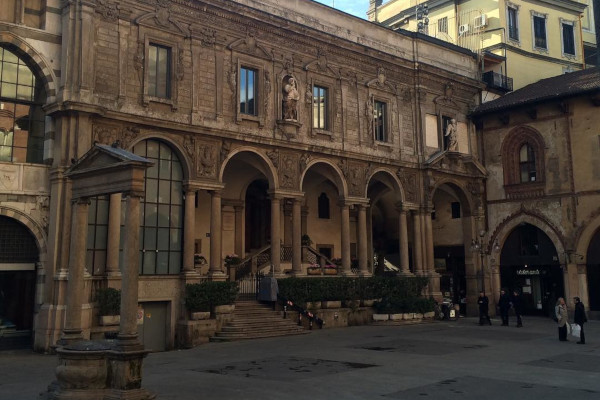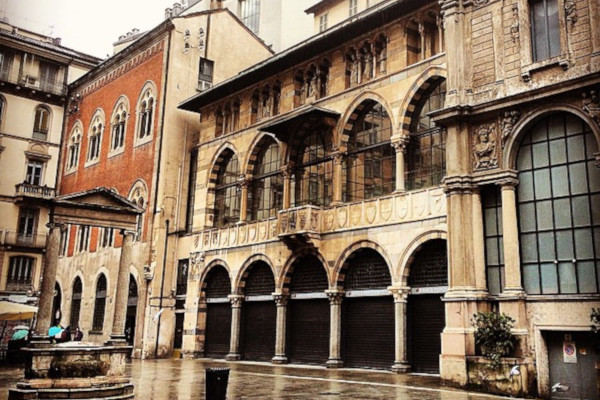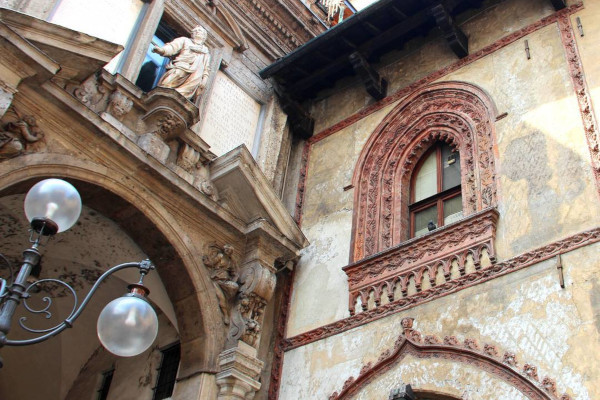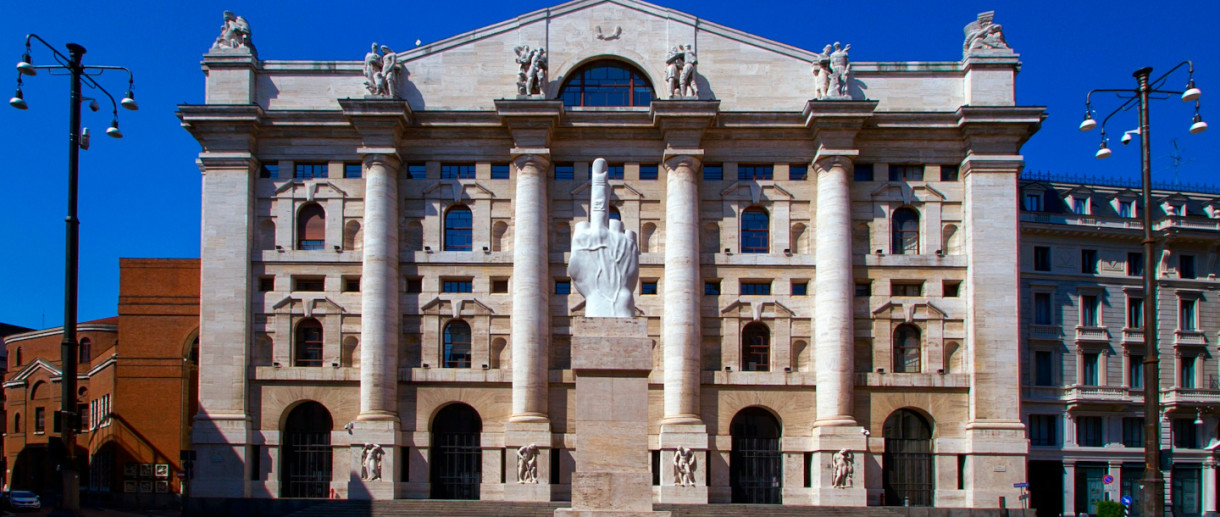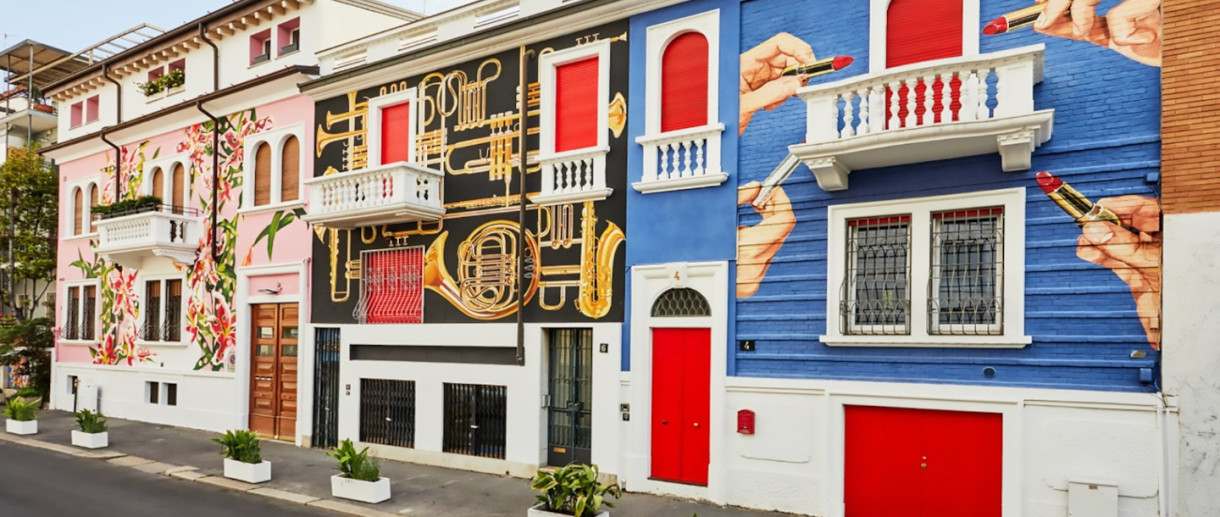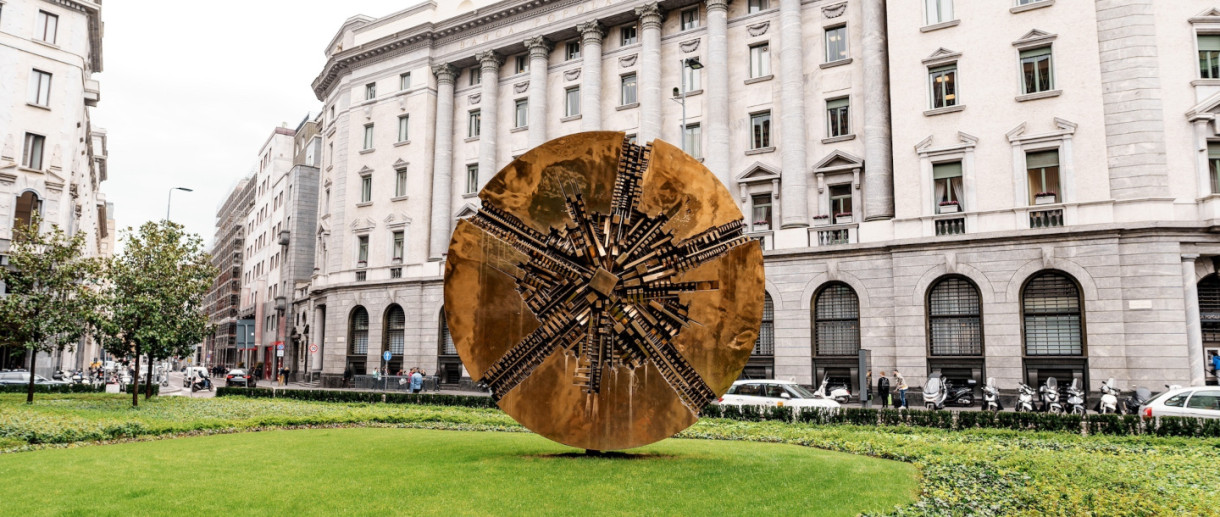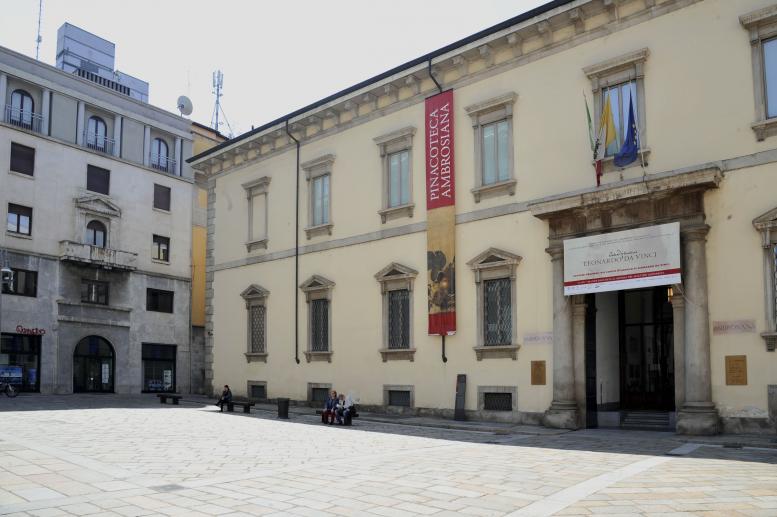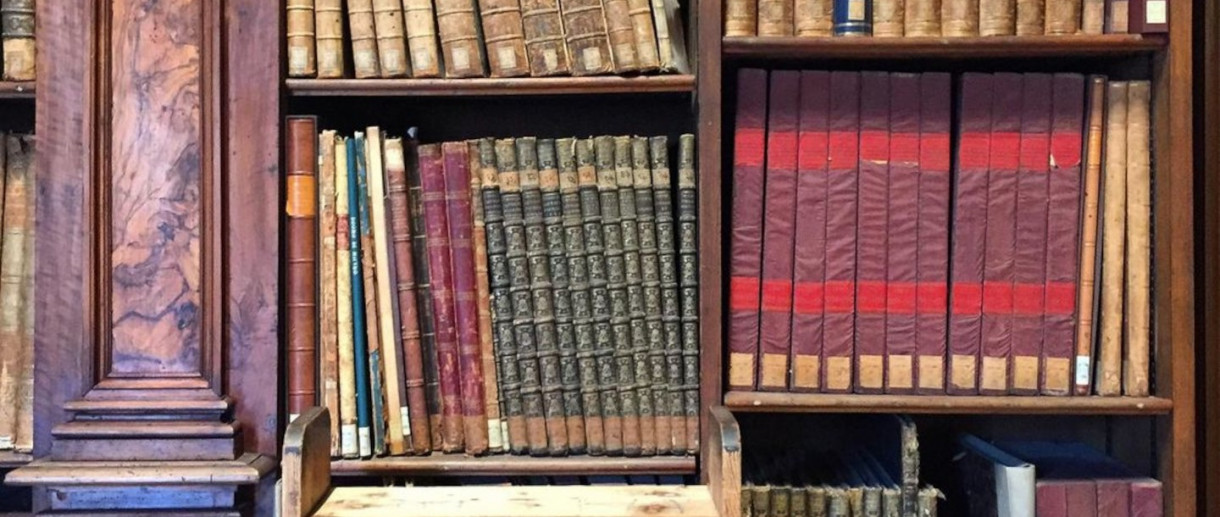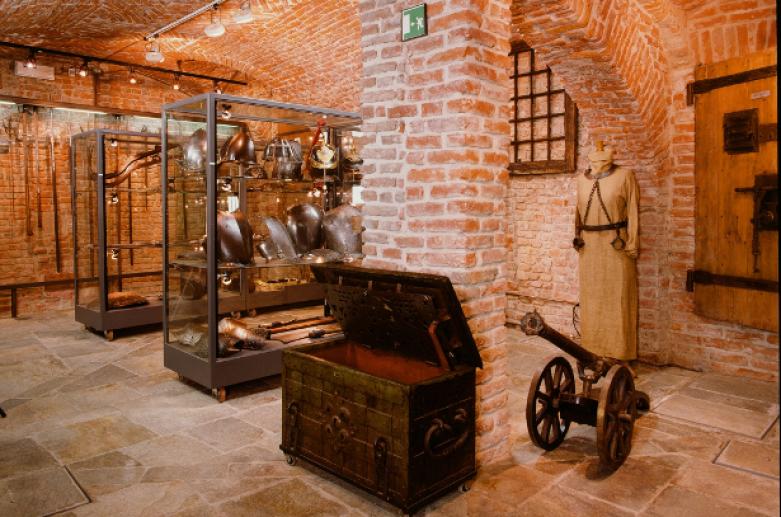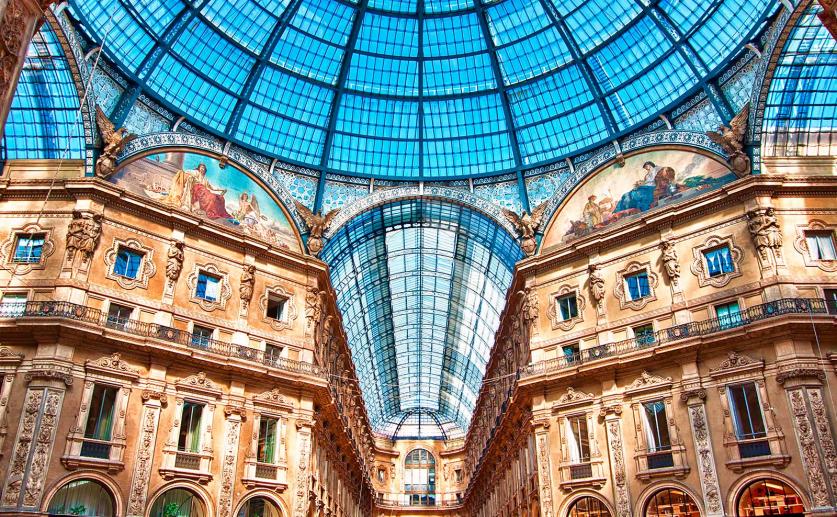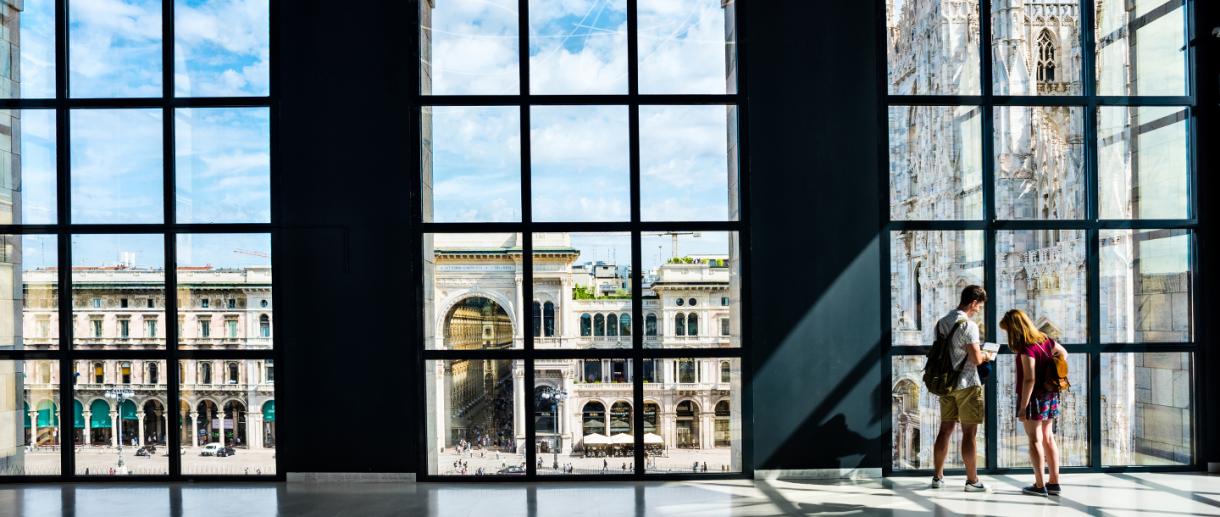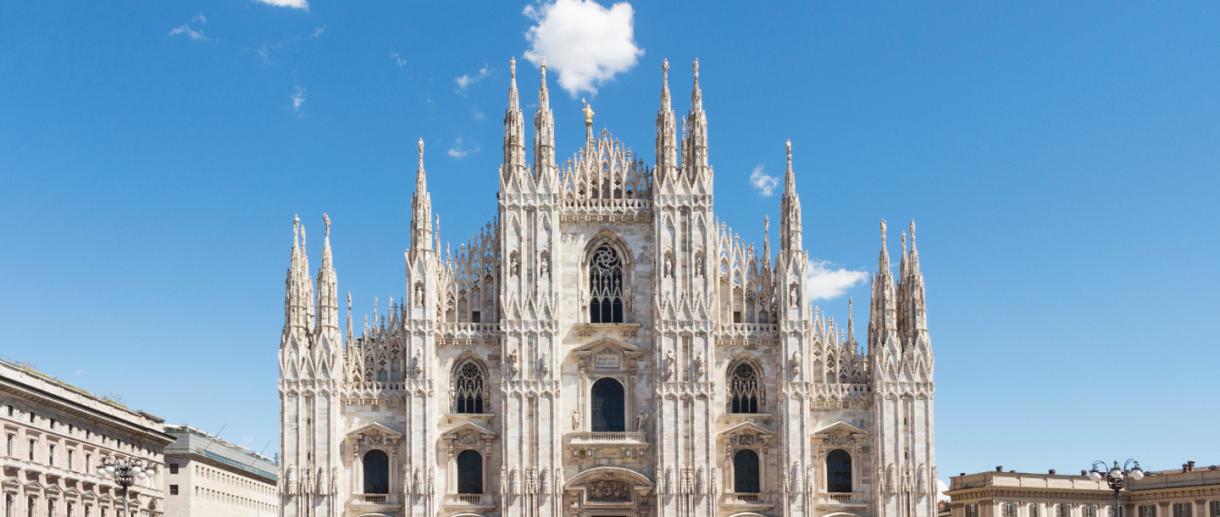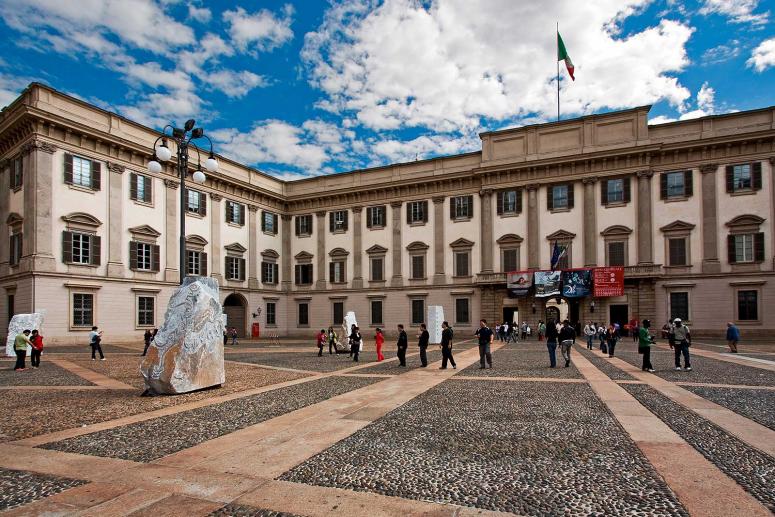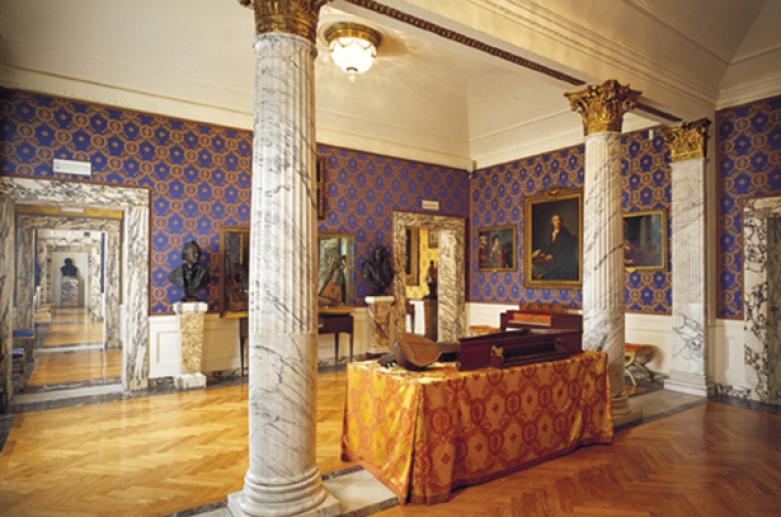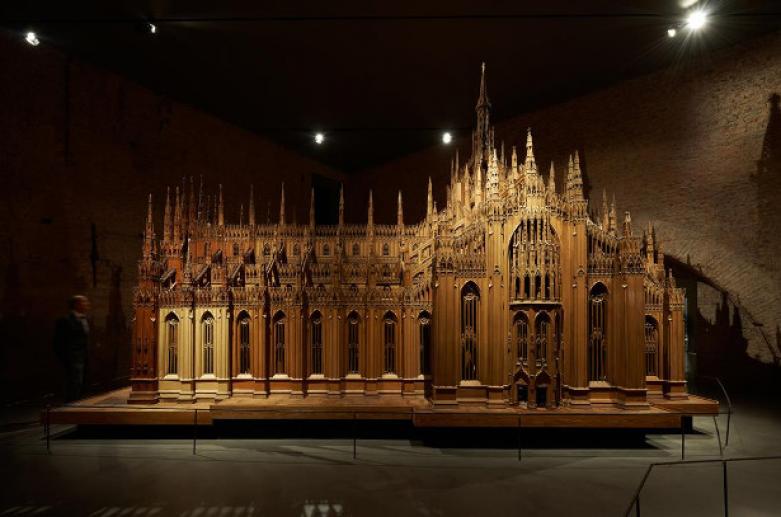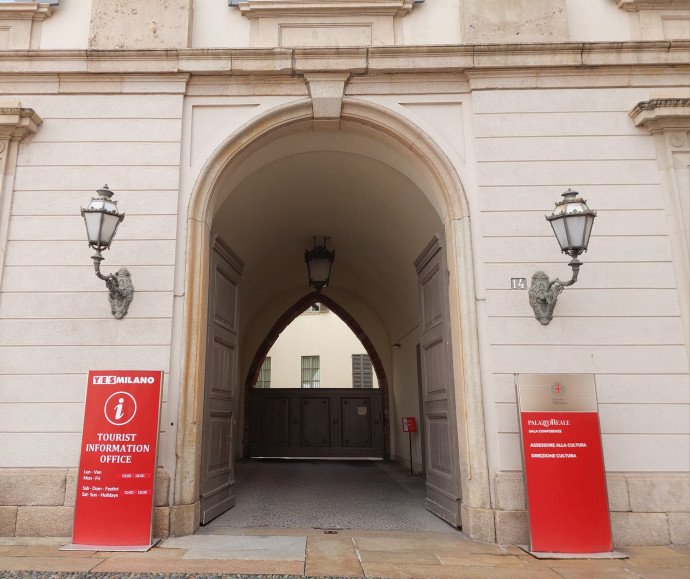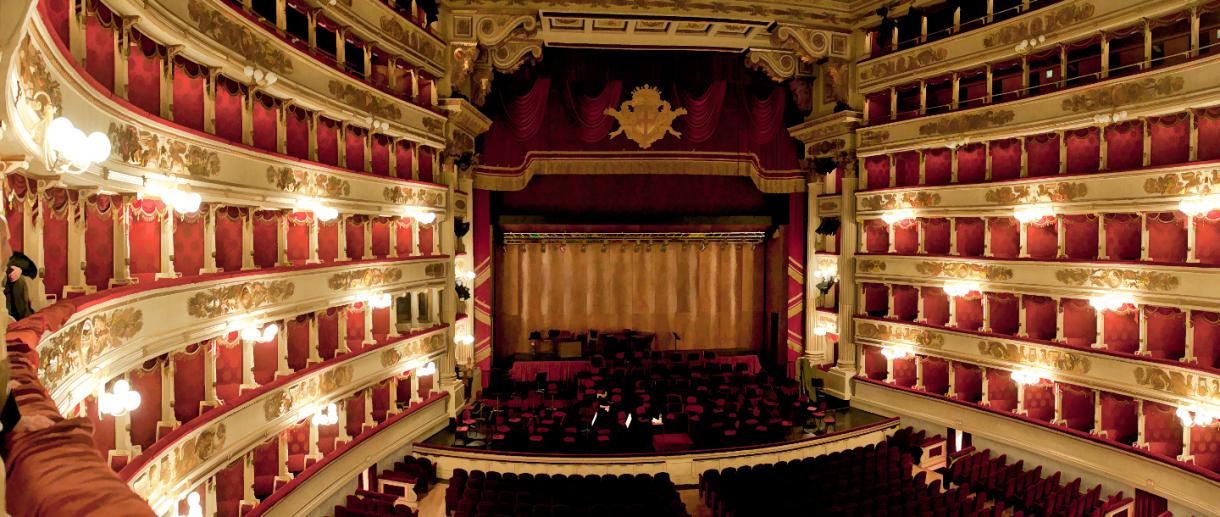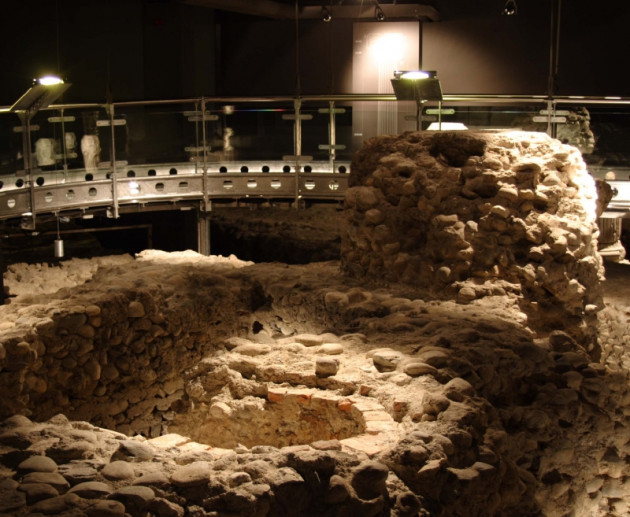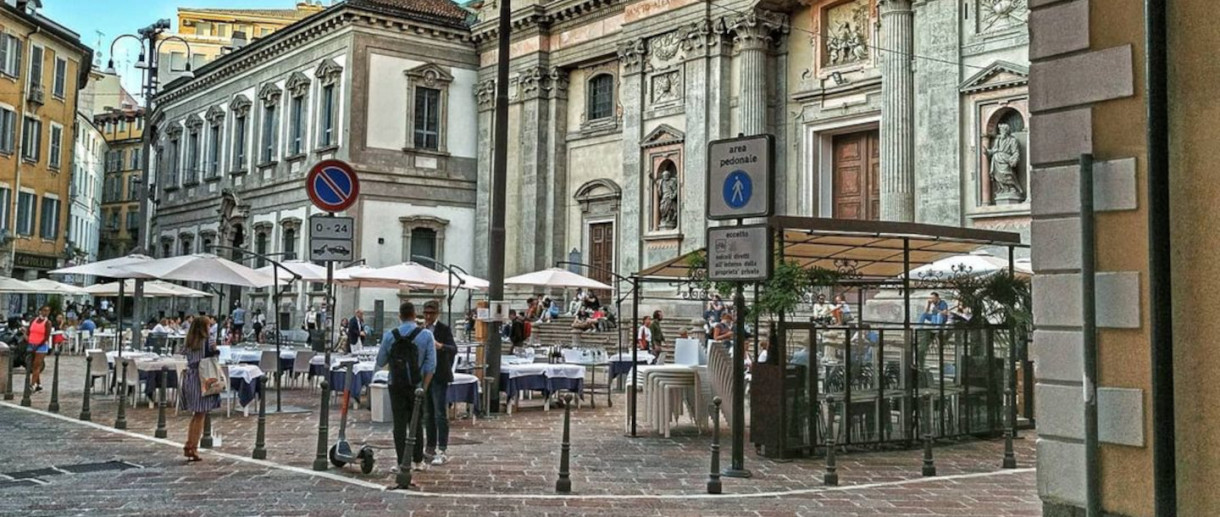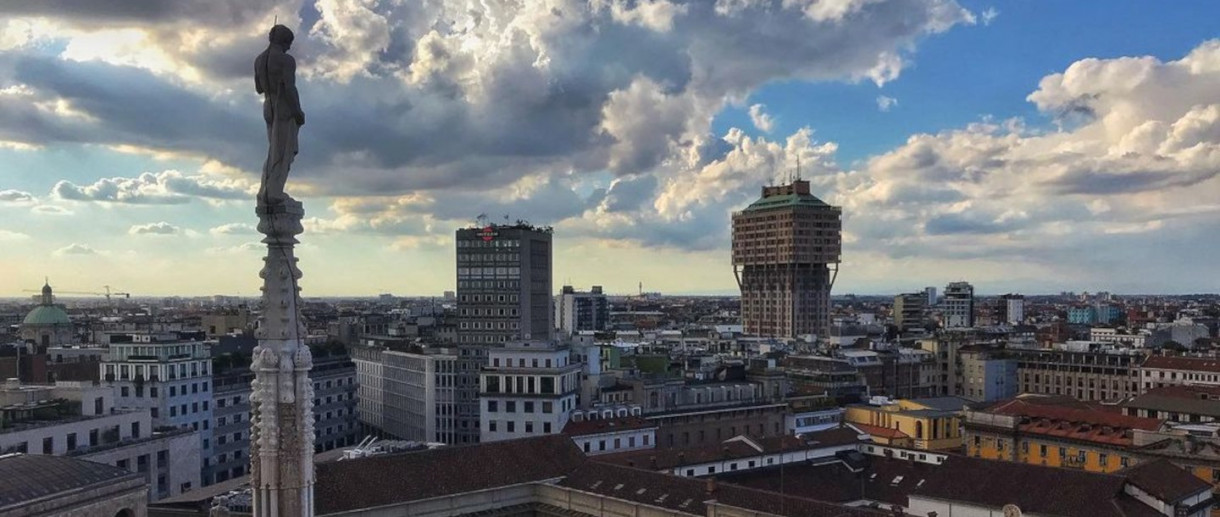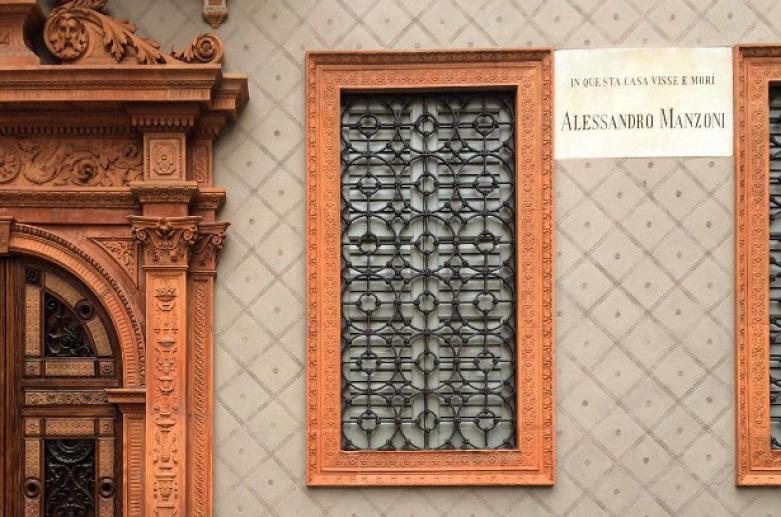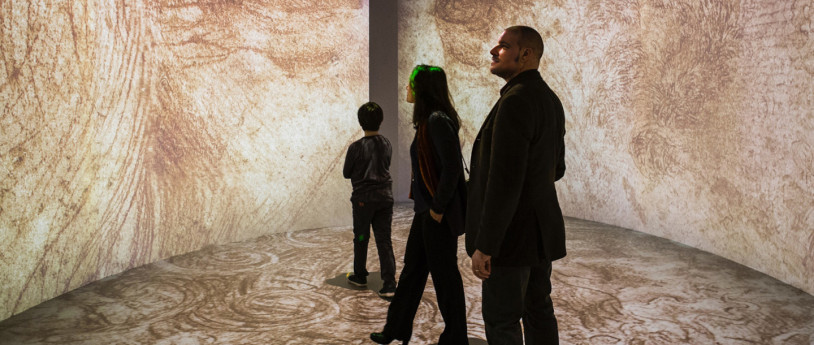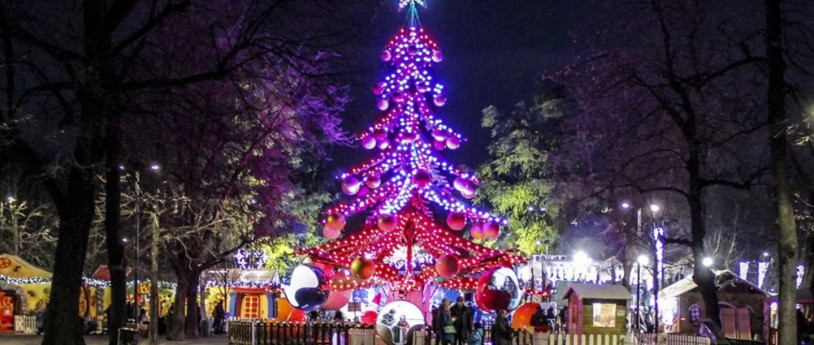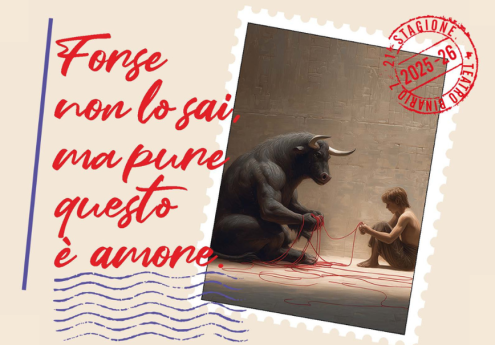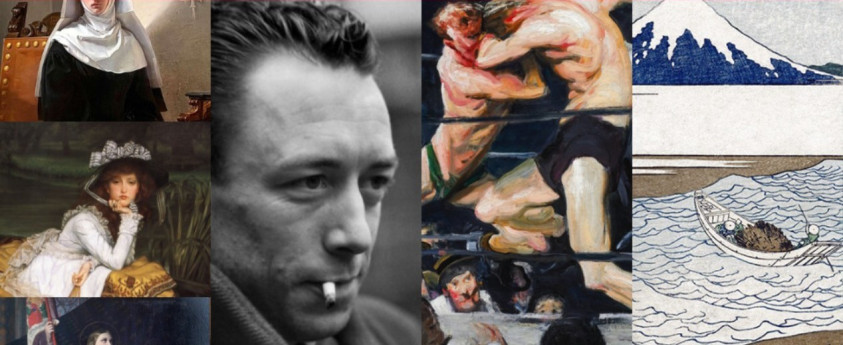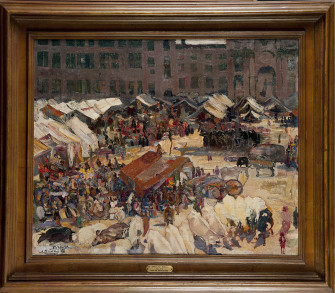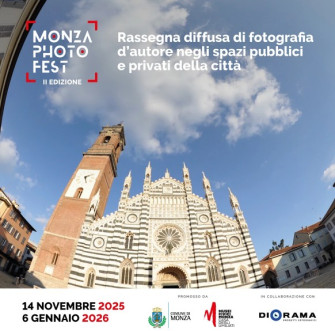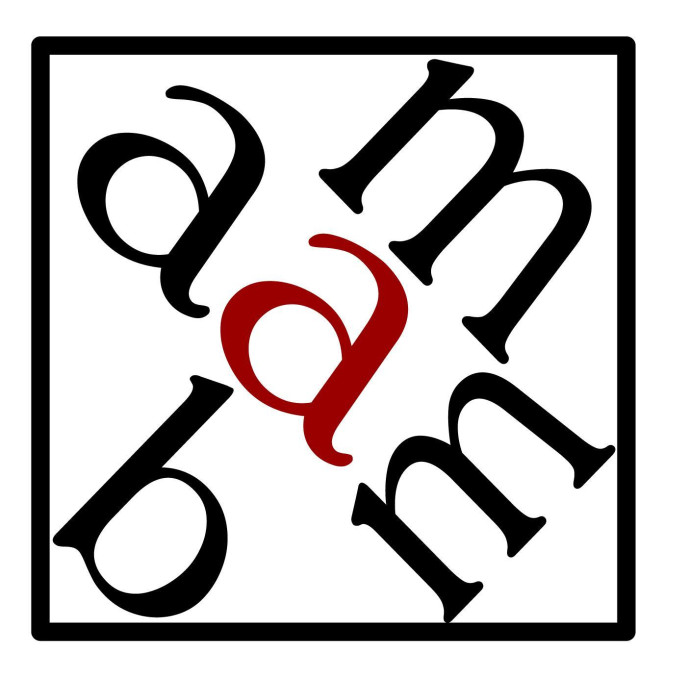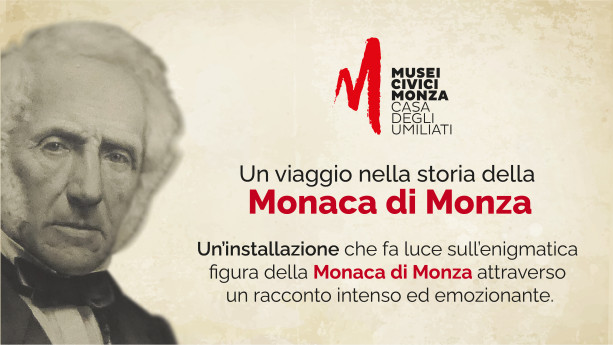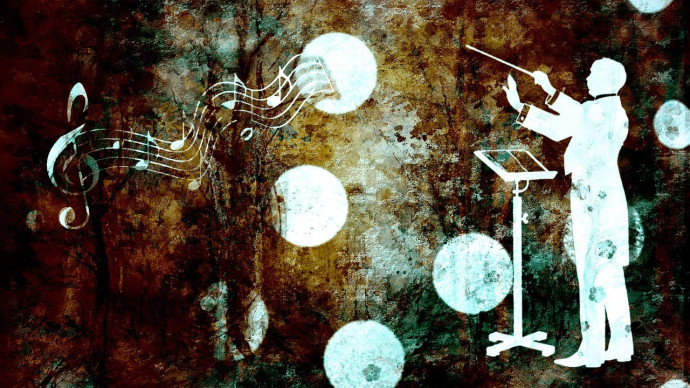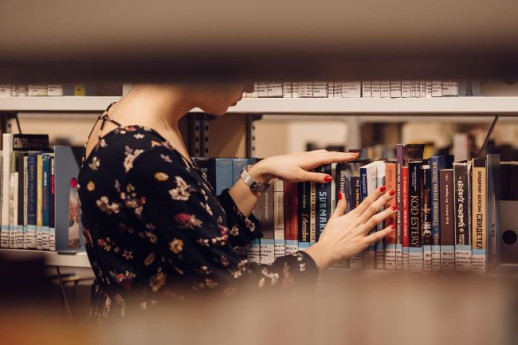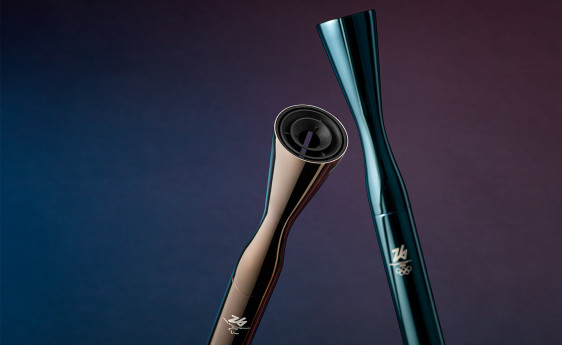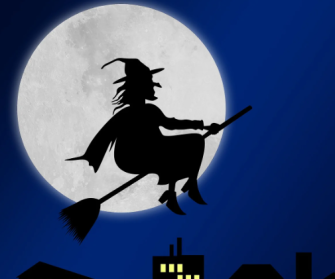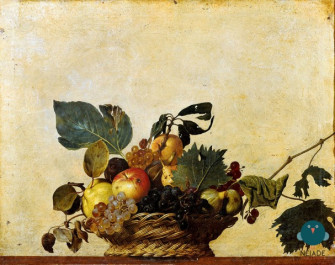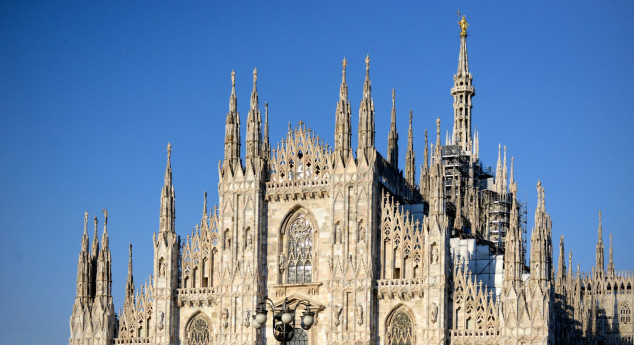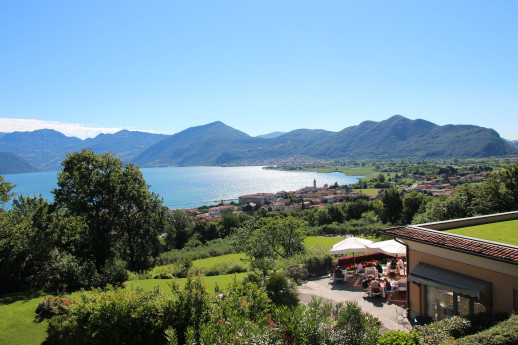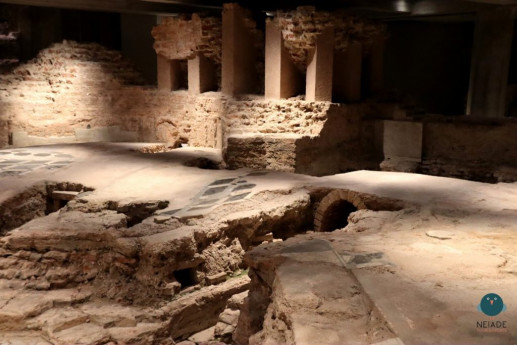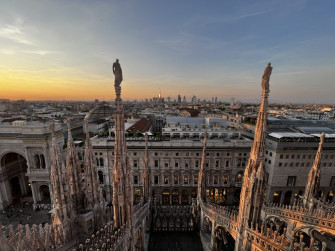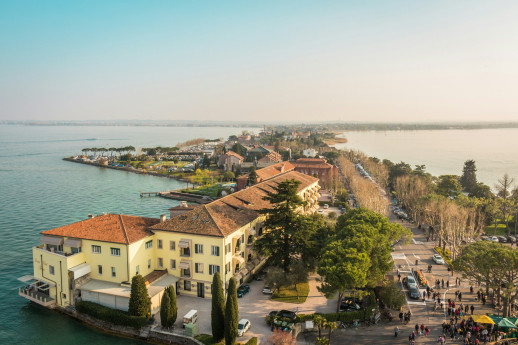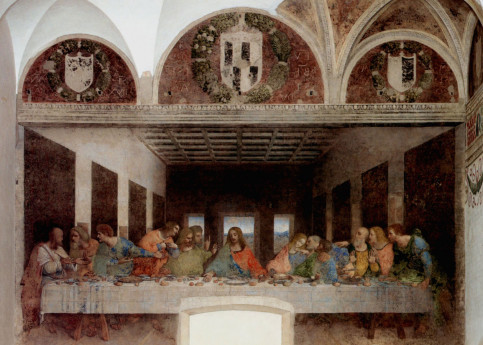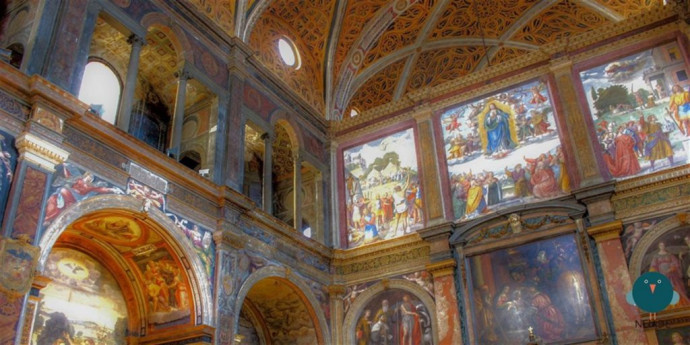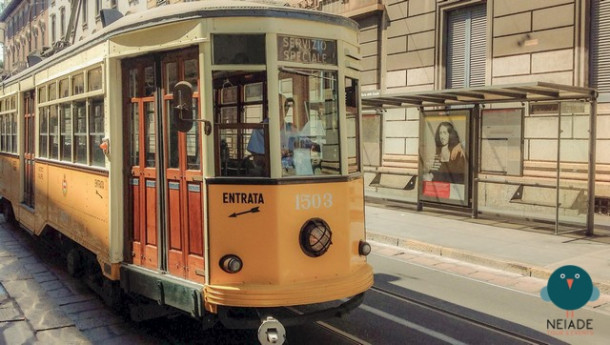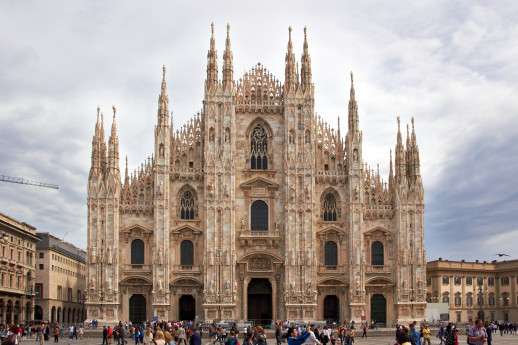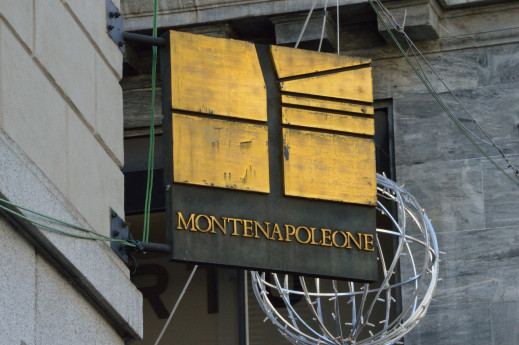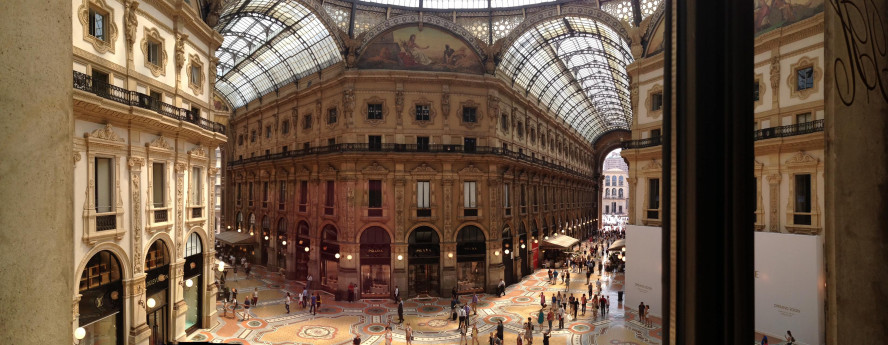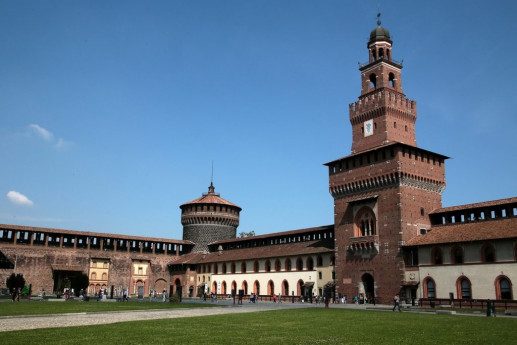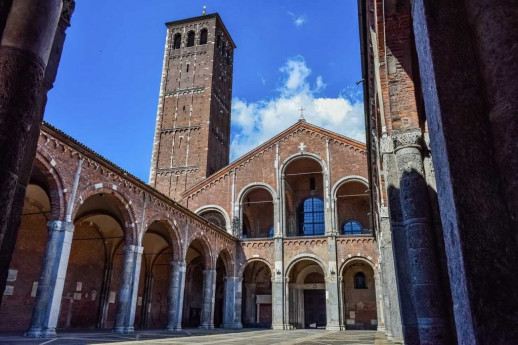- Art & Culture
Merchants' Square and the whispering gallery
We pass by, near but sometimes, we don't know much about the places around us. History, mystery, charm envelop a city like Milan, a bit more unusual part of how we are used to knowing it.
In the center, between the Duomo and Piazza Cordusio is Piazza dei Mercanti, below Palazzo della Ragione, which hosts important exhibitions. An interesting peculiarity of this square is that it was once known as the "whispering gallery": an acoustic phenomenon that occurs under the domed arches and allows the voice to reach the opposite side of the square.
Legends tell that this system was once used by merchants and spies in the Middle Ages to exchange messages without being seen together. But not only that, it was also a meeting place for lovers who could see and talk to each other from afar. It was enough to stand next to two columns aligned obliquely and having holes in them and whisper near the holes. The other person standing near the opposite column could hear the other's words.
Merchants' Square was built even before the Duomo. In 1228 the new Broletto was initially built, which was a lawn also used as a courthouse. Later, it was called the Palace of Reason because of its role. The Merchants' Square below became the gathering place for merchants. Between the arches of the square can be seen the half-mouthed sow, an original animal with which the founding of Milan is associated. There are also other important buildings in the square, which are, in addition to the Palace of Reason, the Loggia degli Osii, the Palatine schools and the Panigarola house.
The Loggia degli Osii is located in front of the Palace of Reason. From the mid 200s it was part of the Broletto. It owes its name to the palaces and properties of the Osii family that were located there before its construction. The Loggia was built by the architect Scoto da San Gimignano. From the Loggia the magistrates would announce sentences to the citizens, looking out from the small balcony (called "parlera"), adorned with an eagle clutching a prey, the symbol of justice. Today it is home to offices.
The Palatine Schools date from the mid-fifteenth century and were part of the Broletto nuovo complex. The Scuole Palatine were designed in the mid-seventeenth century: they were Milan's schools of higher learning par excellence, where the greatest literati of the time taught.
House of the Panigarola family was home to the "Office of Statutes," which provided for the registration and transcription of ducal decrees, public acts and to determine the categories of private acts.
The office was held by the Panigarola family, the name of a family of notaries from Gallarate who kept it over the centuries until 1741, when it finally died out.
Merchants' Square, a place rich in history, beauty and even charm....
